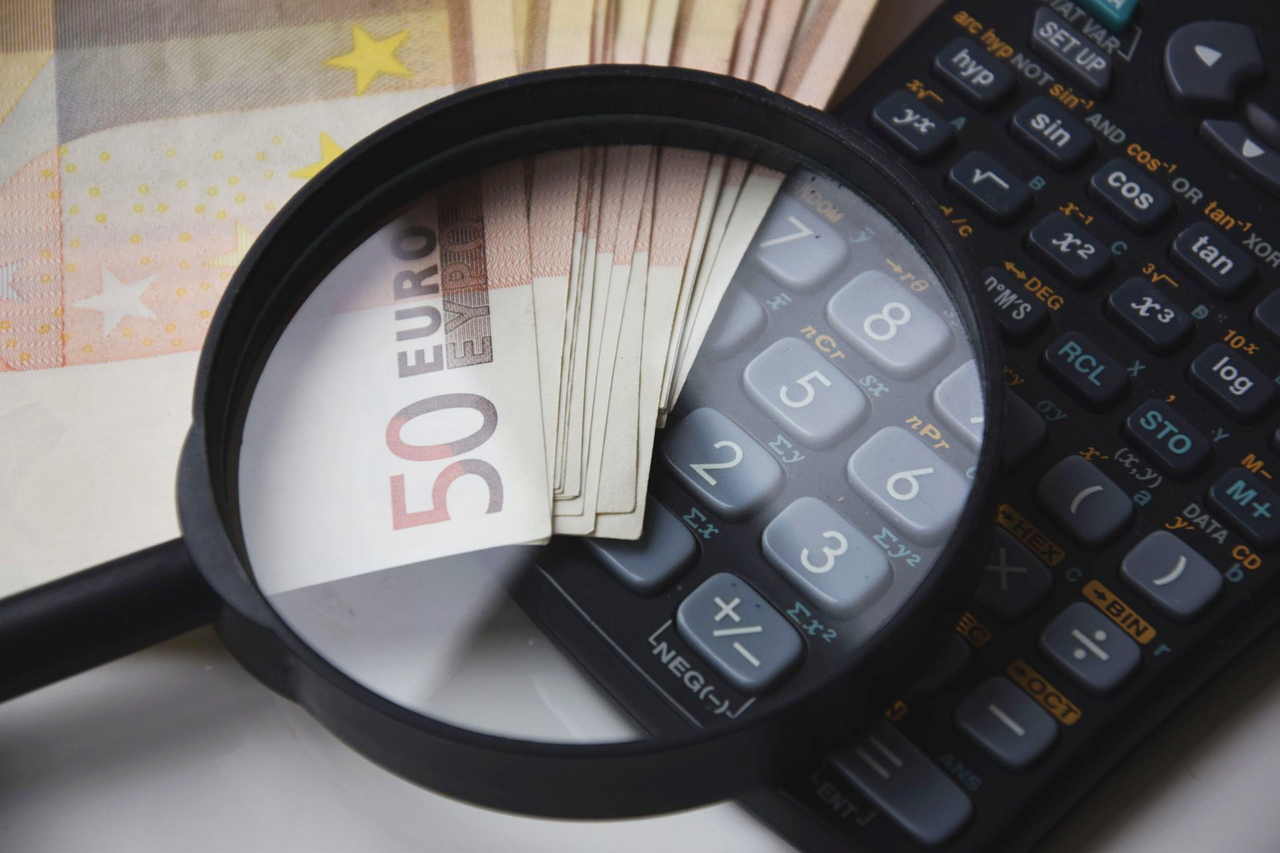Nuclear energy is one of the most controversial topics in energy policy worldwide. While it offers significant advantages in terms of producing clean energy, its classification as a renewable or non-renewable source remains a subject of intense debate among scientists, politicians and environmentalists.
What does “renewable energy” mean?
To understand whether nuclear energy is renewable, we must first define what we mean by the term “renewable energy.” Renewable energy sources are characterized by their ability to replenish themselves naturally on a human time scale. Examples of such sources include solar energy, wind energy, hydroelectric energy, and geothermal energy.
The key here is timescale. Renewable energy sources can be replenished within decades or centuries, while non-renewable sources, such as fossil fuels, take millions of years to form.
The nature of nuclear energy
Nuclear energy is produced by splitting uranium or plutonium atoms in nuclear reactors. This process, known as nuclear fission, releases enormous amounts of energy from relatively small amounts of fuel. The uranium used in nuclear reactors is mined from the ground and is a finite natural resource.
Uranium-235, the main isotope used for nuclear fission, makes up only 0.71% of natural uranium. To make it suitable for use in nuclear reactors, uranium must be enriched, a process that increases the concentration of uranium-235.
Arguments in favor of classification as renewable
Fuel regeneration technologies
Some nuclear energy proponents point out that modern technologies can greatly expand the availability of nuclear fuel. Breeder reactors, for example, can convert uranium-238 (which is much more abundant) into plutonium-239, which can also be used as fuel.
Nuclear waste recycling
Recycling spent nuclear fuel can recover up to 96% of useful materials, drastically reducing the need to mine new uranium. Countries such as France have developed advanced nuclear fuel reuse programs.
Huge uranium reserves
Geologists estimate that there are enough uranium reserves to meet nuclear energy needs for thousands of years, particularly if breeding technologies are fully utilized.
Arguments against classification as renewable
Finite uranium reserves
Despite optimistic estimates, uranium remains a finite resource. Economically exploitable uranium reserves are estimated to be exhausted in 130-200 years at current consumption rates.
Radioactive waste production
Nuclear power produces radioactive waste that remains dangerous for thousands of years. This creates long-term environmental problems not encountered with traditional renewable energy sources.
Dependence on mining
Nuclear energy production depends on uranium mining, a process that has significant environmental impacts and cannot be considered sustainable in the long term.
The position of international organizations
The International Atomic Energy Agency (IAEA) and other international organizations tend to characterize nuclear energy as “clean” but not as “renewable.” This distinction recognizes the environmental benefits of nuclear energy (low carbon emissions) without overlooking its nature as a technology based on finite resources.
The European Union, after extensive discussions, has included nuclear energy in its taxonomy for sustainable investments, but with strict terms and conditions.
Comparison with other energy sources
When we compare nuclear energy to other sources, we notice significant differences. Traditional renewable sources such as solar and wind energy rely on natural phenomena that are renewed daily. Nuclear energy, on the other hand, relies on materials that take billions of years to form.
However, nuclear energy has advantages in terms of reliability and stability of energy supply, which is not always the case for traditional renewable sources.
Future technologies and prospects
The development of new nuclear energy technologies, such as fourth-generation reactors and nuclear fusion, could drastically change the debate. Nuclear fusion, in particular, could be considered truly renewable, as it relies on abundant elements such as hydrogen.
Small reactors (SMRs) and salt reactors promise greater safety and efficiency, while reducing waste production.
Conclusions
The answer to the question of whether nuclear energy is renewable depends largely on the definition we use. Based on traditional definitions, nuclear energy cannot be considered renewable, as it relies on finite resources that are not renewed on a human time scale.
However, nuclear power offers significant advantages as a clean energy source that can help reduce carbon dioxide emissions. Proper management of nuclear waste and the development of advanced technologies can significantly extend the utility and sustainability of nuclear power.
Ultimately, regardless of its classification, nuclear power will continue to play an important role in global energy strategy, particularly as countries strive to achieve their climate neutrality goals.
Greek Sources
Academic Sources:
- University of Piraeus – Dioni: “Renewable energy sources in Greece: evolution of energy figures and forecasts”
News Sources:
- Energy Press: “Renewable Energy Sources”
- Naftemporiki: “Roadmap for nuclear energy in Greece”
Wikipedia (Greek):
- “Nuclear energy in Greece”
- “Renewable energy sources”
- “Renewable energy sources in Greece”
International Sources
Government & Official Sources:
- US Department of Energy: “3 Reasons Why Nuclear is Clean and Sustainable”
- World Nuclear Association: “The Nuclear Debate”
Academic & Research Sources:
- USC Dornsife Magazine: "Nuclear Power as a Clean Energy Solution? The Debate Heats Up"
- Earth.Org: “The Advantages and Disadvantages of Nuclear Energy”
Specialized Sources:
- Renewable Power Insight: "Is Nuclear Energy Renewable? Understanding the Debate" Is Nuclear Energy Renewable? Understanding the Debate – Renewable Power Insight
- Revolutionized: "Is Nuclear Energy Renewable? The Debate, Explained"
- Change Oracle: “Nuclear Power Versus Renewable Energy”
Wikipedia (English):
- "Nuclear power proposed as renewable energy"



